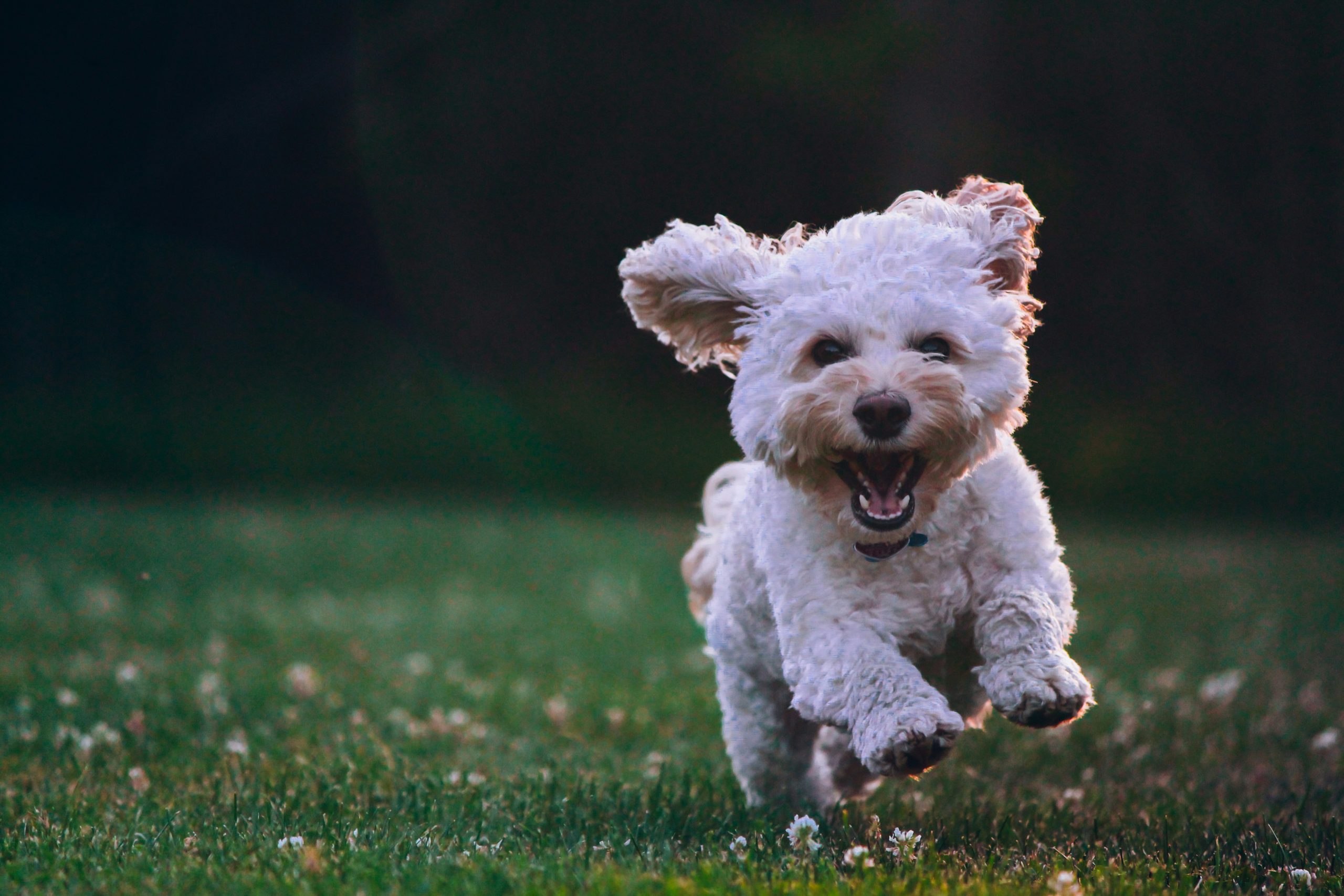Year 12-13 winner of the Schools Science Competition, Jaden Lim, reflects on how domestication has been pivotal to the path of evolution.Photo credit: Joe Caione on Unsplash
When considering humanity’s impact on our planet it is climate change, environmental loss and general biological destruction that come to mind. Issues like these are at the forefront of our minds for good reason, and we as a species have undoubtedly left permanent scars on the living world. On the other hand, how we have shaped evolution through domestication remains one of the most intriguing aspects of our remarkable relationship with the natural world.
…we as a species have undoubtedly left permanent scars on the living world.
Through domestication, the process of selectively breeding organisms for desired traits, we have accumulated our own man-made set of symbionts with profound impacts on our lives today. As examples of our evolutionary manipulation, I will explore some of humanity’s favourites – dogs, avocados and yoghurt.
Dogs were the first animals to have been domesticated, near the end of the Last Glacial Maximum around 15,000 years ago when foraging, hunting and gathering were the main methods of human subsistence. Wolves were initially attracted to humans likely to scavenge waste, leading to the dog-defining characteristic of starch digestion with alleles for amylase and glucose uptake being selected for, and further anatomical changes as we developed interdependence.
But the most extraordinary changes came only in the last few hundred years in the ‘modern’, more economically motivated phase of domestication. Around 450 dog breeds are recognised today, and while it is challenging to quantify the impacts they have on our lives, the sheer variation in physiology and behaviour – from huskies designed to pull sleds in the arctic to water dogs bred to help fisherman, not to mention their uncanny understanding of us – demonstrates how domestication can accelerate and direct evolutionary change.
The lovable avocado shows how we have in a way preserved species. Avocados were first domesticated in Mesoamerica over 5000 years ago and have since, like dogs, been bred into different varieties. We are most familiar with the Hass variety of avocado which makes up around 90% of produce worldwide and is thought to be a hybrid of two of the three proposed separate domestication lineages of the avocado. As with many crops, these were bred for increased durability and increased yields with larger fruits and smaller seeds.
The now-extinct megafauna necessary to support the propagation of avocados, such as giant ground sloths and other large mammals, died out between 10,000 and 50,000 years ago, and their absence in the wild suggests that avocados would likely be extinct without human intervention.
In this way domestication can act as a sort of genetic time capsule, letting us experience unique evolutionary anachronisms.
As we stored milk in pots to ferment this led to domestication of the bacterium Lactobacillus bulgaricus in yoghurt’s bacterial culture.
Yoghurt further shows the wide-ranging impacts of domestication beyond milk from domesticated cattle. As we stored milk in pots to ferment this led to domestication of the bacterium Lactobacillus bulgaricus in yoghurt’s bacterial culture. Strains of this bacterium used in yoghurt cultures have been shown to utilise lactose more effectively, sporulate less and synthesise amino acids more effectively. Lactobacillus bulgaricus also benefitted us as a probiotic creating a symbiotic relationship, and cultures hundreds of years old are used today. This represents only a fraction of the trillions of microbes that we coevolved with and make up the human microbiome. The farming of cattle and milk drinking also affected genes relating to lactase production to the digestion of lactose in milk and prevent lactose intolerance in adulthood.
Domestication is evidently closely intertwined with the development of agriculture, and it is estimated that today domesticated animals, mainly pets and livestock such make up over 60% of terrestrial mammal biomass, compared to around 2% composed of wildlife and the remaining 38% accounted for by humans.
it is estimated that today domesticated animals, mainly pets and livestock such make up over 60% of terrestrial mammal biomass…
Unlike classic Darwinian evolution, all domestication pathways have also created organisms less ‘fit’ than ever before. Rather than for survival, crops and animals have been selected for based on our benefit. This artificial (as opposed to natural) selection brings about the grossly oversized, seedless fruits and the docile, helpless pets which would have no chance in the wild, helping them to dominate not by outcompeting their wild counterparts, but simply because we prefer them. As the natural world continues to suffer and genetic editing technologies become increasingly viable, we must consider if it is our place to take the wild out of wildlife.
This article is also published on Examable, our competition partner’s publication. For the full list of shortlisted finalists, visit here. You can also view where this article is published here.





